-
 © Will Williams/Classic & Sports Car
© Will Williams/Classic & Sports Car -
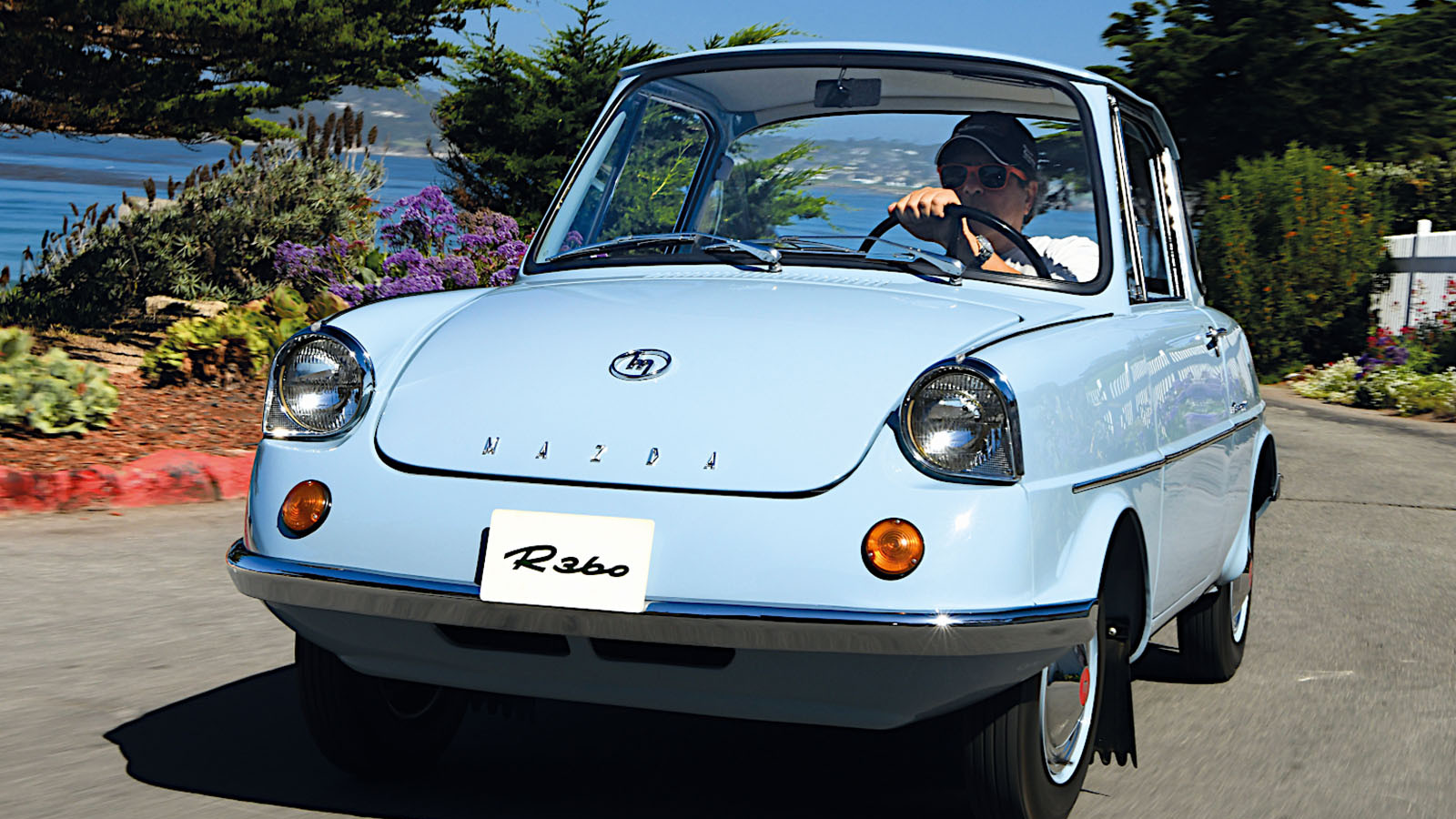 © Jerry Wyszatycki/Classic & Sports Car
© Jerry Wyszatycki/Classic & Sports Car -
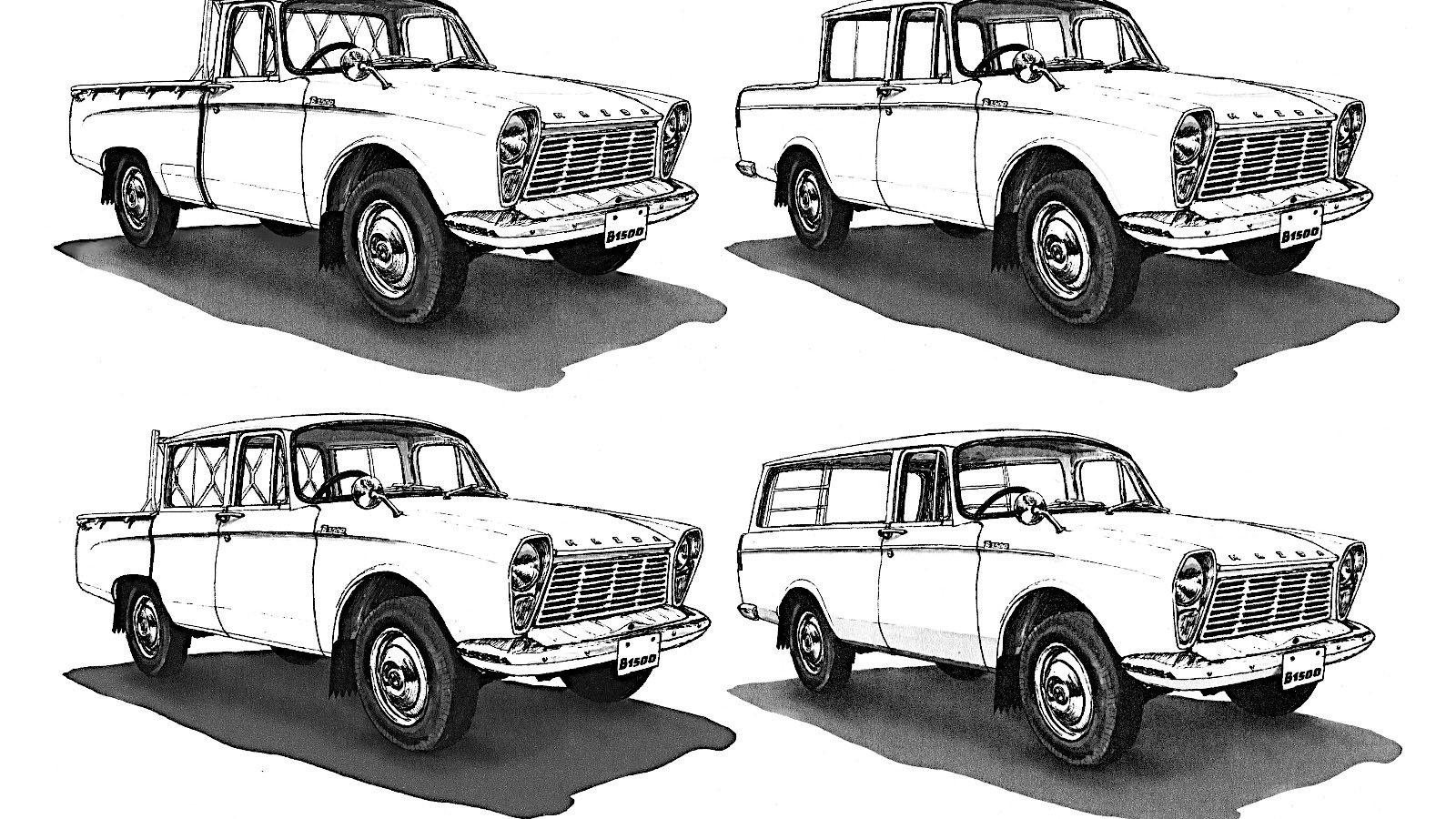 © Mr.choppers/Creative Commons licence: https://creativecommons.org/licenses/by-sa/3.0/legalcode.en
© Mr.choppers/Creative Commons licence: https://creativecommons.org/licenses/by-sa/3.0/legalcode.en -
 © Mazda
© Mazda -
 © Mazda
© Mazda -
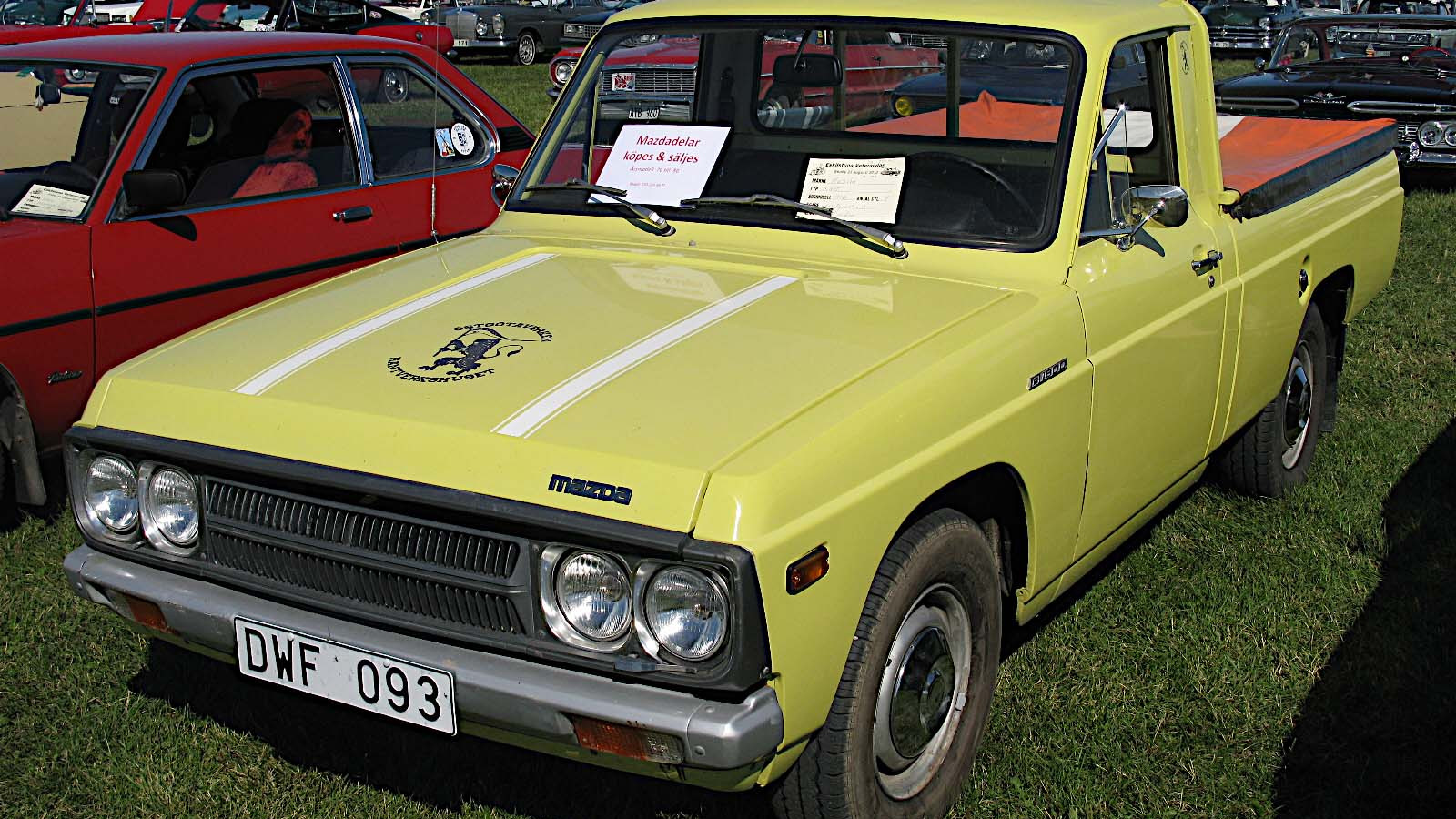 © nakhon100/Creative Commons licence https://creativecommons.org/licenses/by/2.0/legalcode.en
© nakhon100/Creative Commons licence https://creativecommons.org/licenses/by/2.0/legalcode.en -
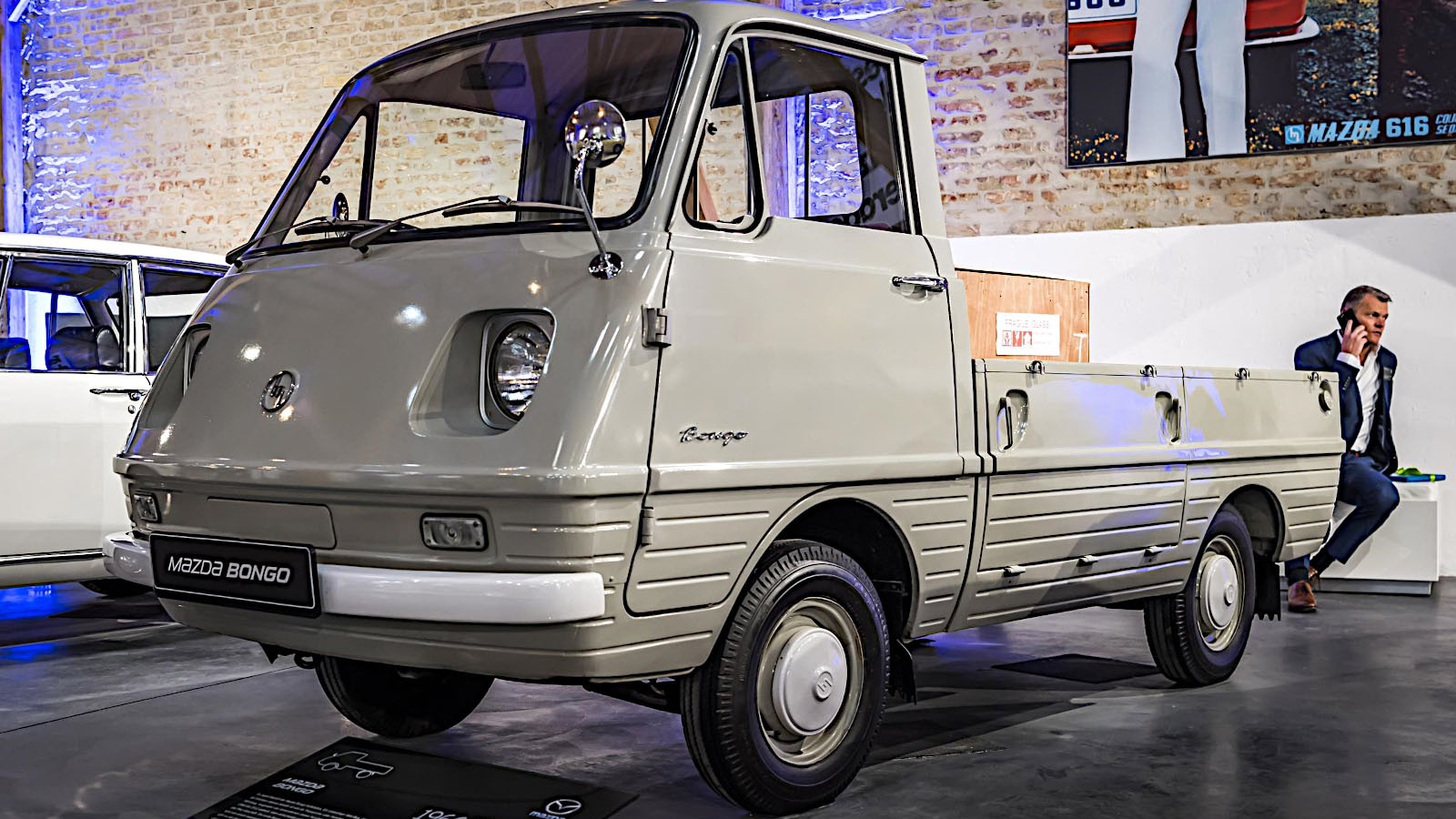 © Mazda
© Mazda -
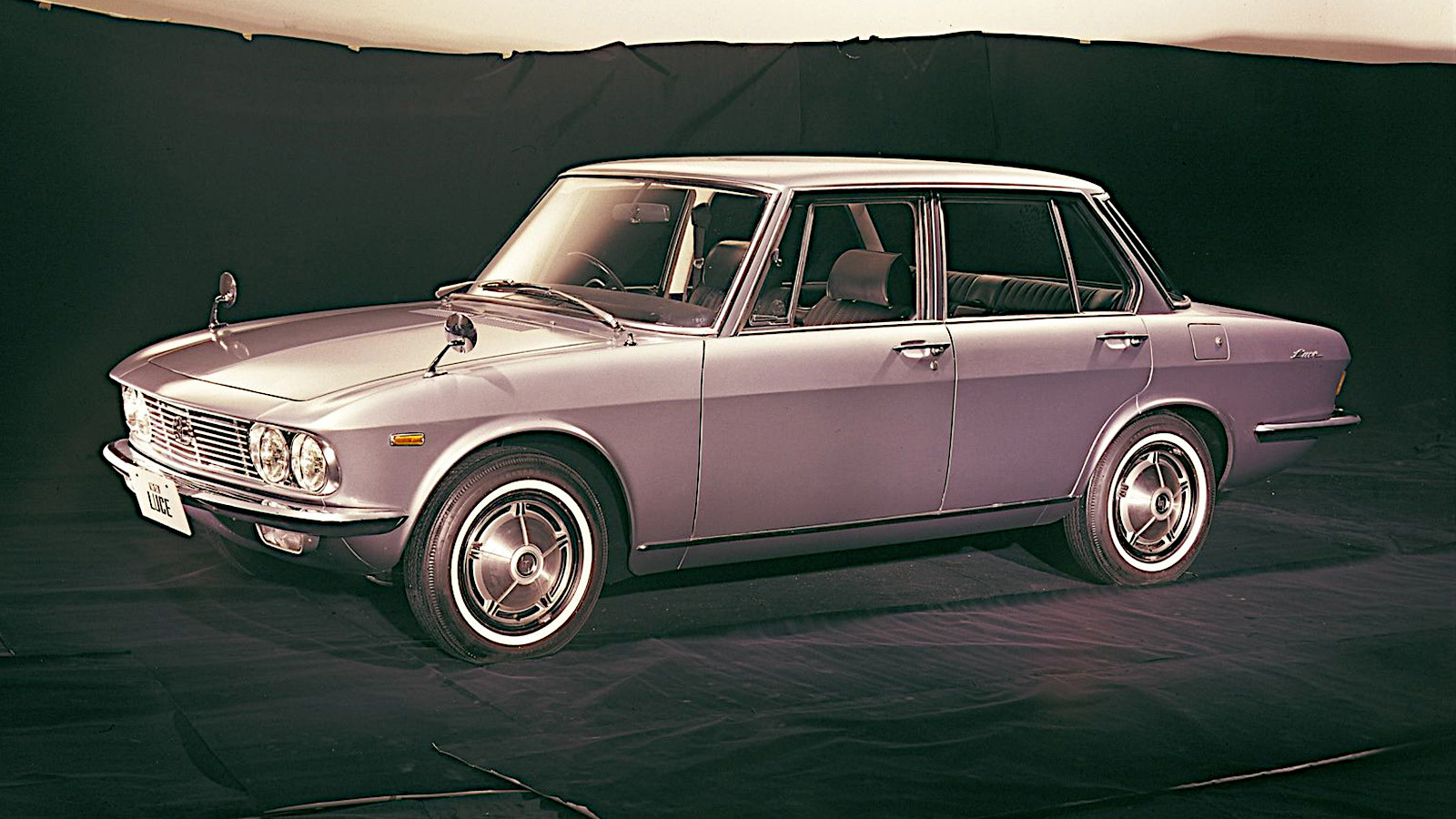 © Mazda
© Mazda -
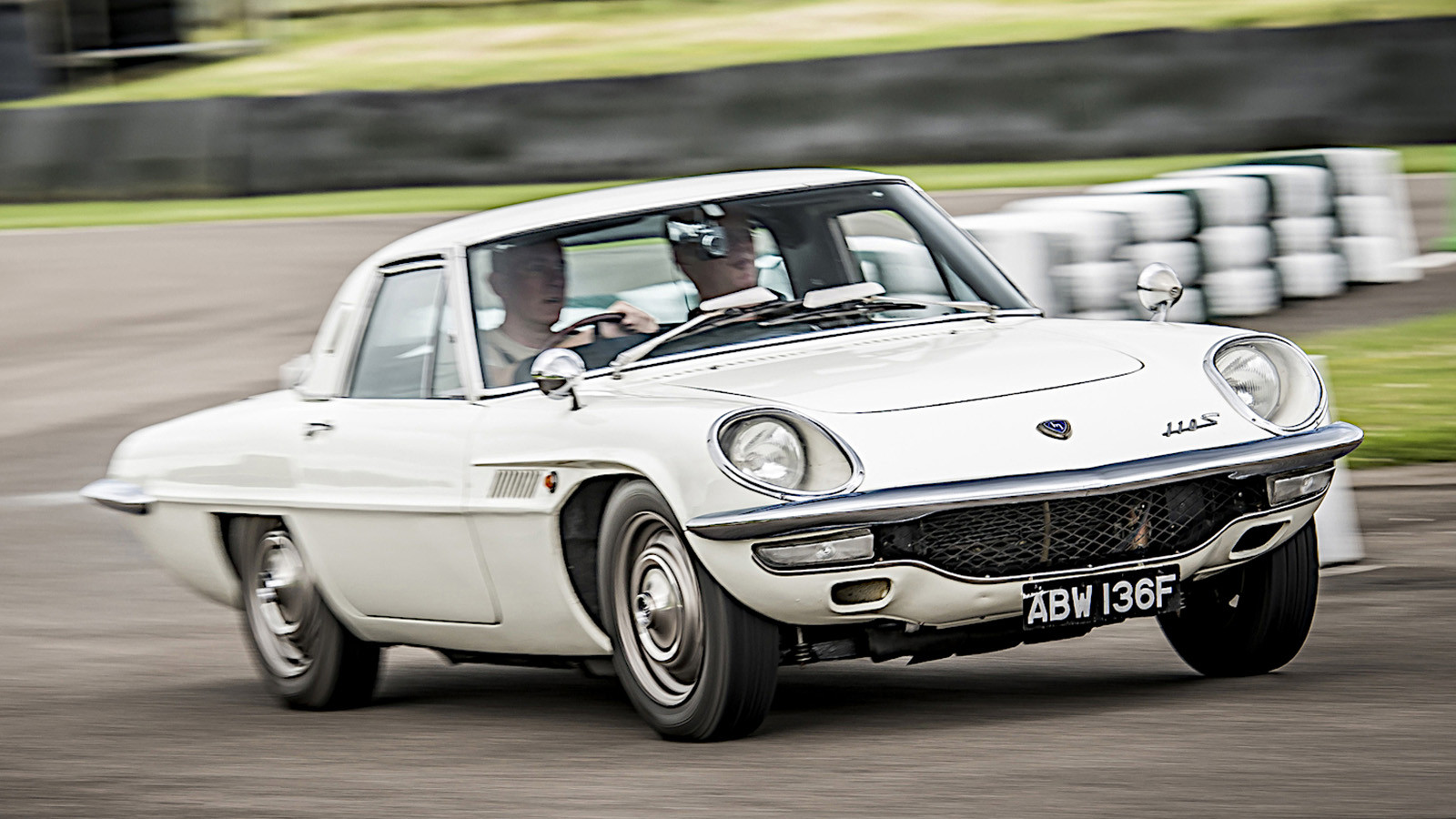 © Mazda
© Mazda -
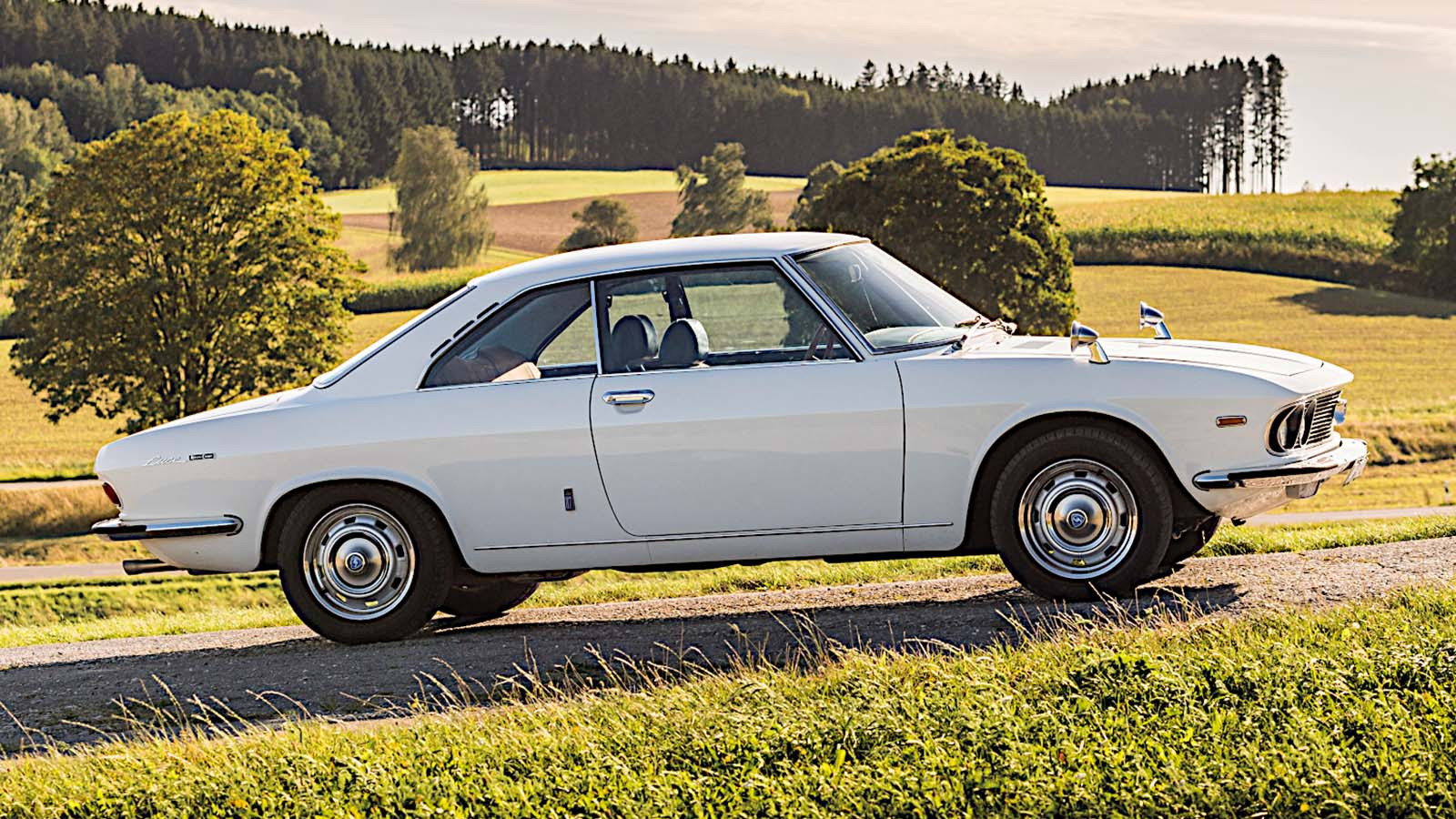 © Christian Boehm/Classic & Sports Car
© Christian Boehm/Classic & Sports Car -
 © Mazda
© Mazda -
 © Mazda
© Mazda -
 © Mazda
© Mazda -
 © Mazda
© Mazda -
 © Mazda
© Mazda -
 © Mazda
© Mazda -
 © Mazda
© Mazda -
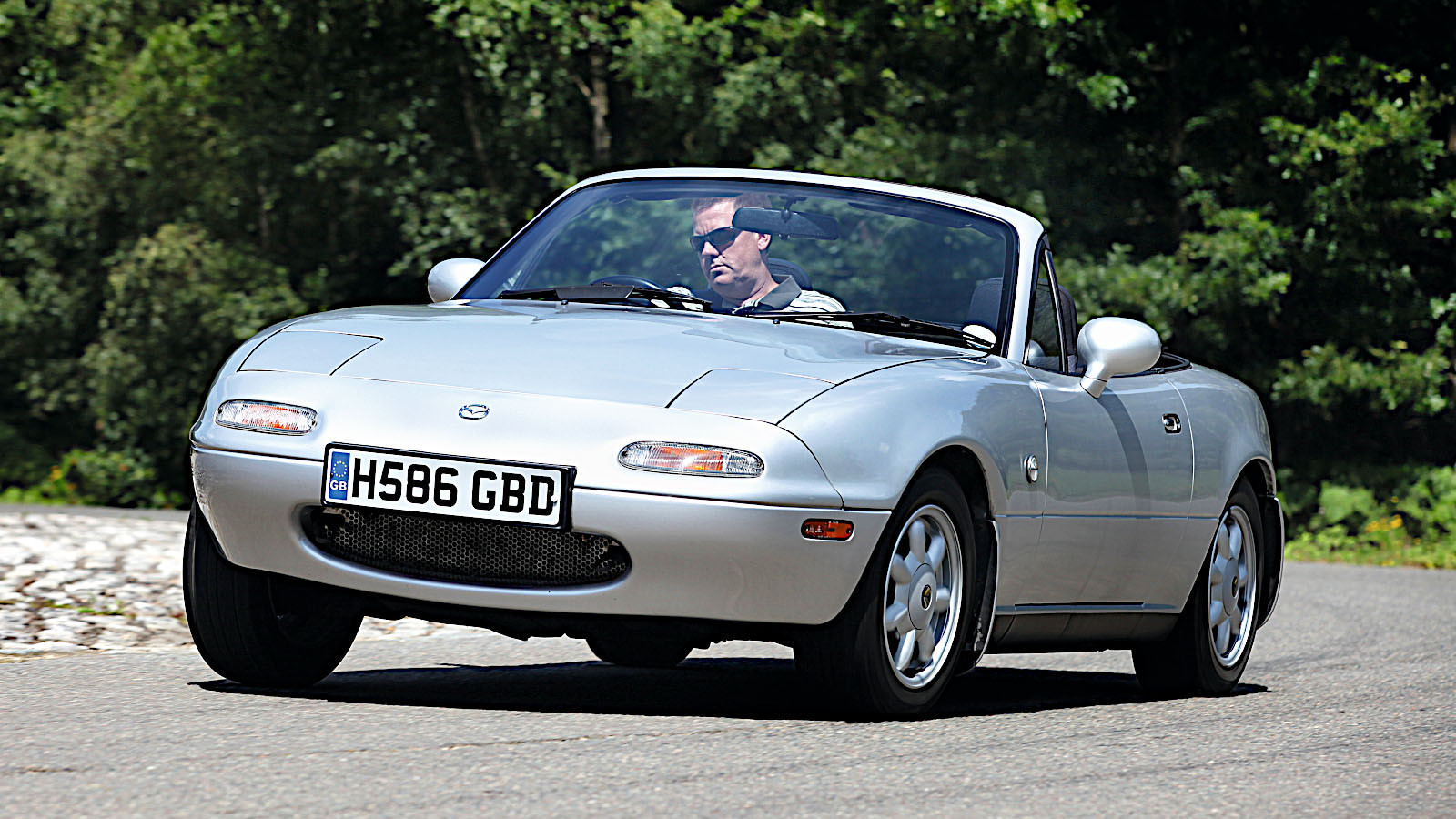 © James Mann/Classic & Sports Car
© James Mann/Classic & Sports Car -
 © NAParish/Creative Commons licence https://creativecommons.org/licenses/by-sa/2.0/legalcode
© NAParish/Creative Commons licence https://creativecommons.org/licenses/by-sa/2.0/legalcode -
 © Mazda
© Mazda -
 © Mazda
© Mazda -
 © Mazda
© Mazda -
 © Mazda
© Mazda -
 © Mazda
© Mazda -
 © Mazda
© Mazda -
 © Mazda
© Mazda -
 © Will Williams/Classic & Sports Car
© Will Williams/Classic & Sports Car
-
Marvelous Mazdas
Mazda started out in the cork business in 1920, began manufacturing powered vehicles early in the following decade and moved into car production in 1960.
It isn’t Japan’s largest automotive brand (Toyota easily holds that title), but it’s certainly one of the most innovative, famous for trying out new technology and, in one case, for more or less redefining the modern sports car.
Here we’ll take a look at 26 of the most notable Mazdas produced in the 20th century, listed in chronological order.
-
1. Mazda R360 (1960)
The design of Mazda’s first passenger car was largely determined by the Japanese kei class regulations, which put limits on exterior dimensions and required that the engine capacity be no more than 360cc (though this would later be raised).
There was no restriction on body style, and for the R360 Mazda chose a two-door, four-seat coupe, mounting a 356cc V-twin engine in the rear.
The same engine was also used in the slightly later B360 commercial vehicle, though in that case it was mounted up front in the interests of maximizing load space.
The R360 would have made little sense in other markets, but it was so popular in Japan that Mazda was able to keep building it, with only minor development, for six years.
-
2. Mazda B-series (1961)
The term B-series applies to several generations of pick-up trucks sold over a period of nearly half a century.
The first was a pick-up, like one version of the B360, but since it wasn’t aimed at the kei class, Mazda was able to make it much larger and fit a 1.5-liter, four-cylinder engine.
Unlike its successors, it was available with several body styles.
Despite this, it wasn’t a huge success and had to be replaced after only four years, but it deserves respect because it set Mazda on what would become a very productive path.
-
3. Mazda P360 Carol (1962)
To keep within the kei car regulations, the Mazda P360 Carol was almost exactly as long and wide as the R360, but it was significantly taller and had a longer wheelbase.
It was also a sedan rather than a coupe, and instead of the R360’s V-twin it had what was, at 358cc, one of the smallest four-cylinder engines ever fitted to a production car.
More practical than the R360, it also had a longer run, remaining in production until 1970.
A derivative called the Carol 600, which could not be classed as a kei car because it had a 586cc engine and exceeded the maximum permitted body dimensions, was more expensive to buy and tax, and disappeared, not entirely surprising, after 1964.
-
4. Mazda Familia (1963)
Familia was as appropriate a name as could be imagined for Mazda’s first full-sized family car.
Powered by engines of 0.8 to 1 liters, it was initially offered only as a station wagon (pictured), but sedan and pick-up variants were added in 1964, and a coupe joined the range a year after that.
Also known in some markets as the 323, Mazda Familias continued through another seven generations before the name was dropped in the early 21st century.
-
5. Mazda B-series (1965)
The Mazda B-series really hit its stride in the second generation, now looking far more modern than it had four years earlier.
It was a big hit in North America, where it was latterly sold as the Ford Courier, an arrangement which continued into later generations.
The partnership between the Japanese and US auto makers became closer, with Ford gradually increasing its shareholding in Mazda, reversing this policy only after the credit crunch of 2008.
-
6. Mazda Bongo (1966)
Odd though the Bongo name might sound to English speakers, Mazda has been using it since the 1960s.
The first vehicle it applied to was, like several of its successors, a one-box van, similar in concept to the Volkswagen Type 2.
Like the VW, it had a rear-mounted engine – the 0.8-liter four-cylinder already fitted to the other end of the Familia, later supplemented by the 1-liter unit from the same source.
Small but very practical, and popular exactly because of that, this Mazda Bongo remained in production for nearly a decade.
-
7. Mazda Luce (1966)
Just six years after it entered the motor industry with the R360 kei car, Mazda introduced what could be described as its first flagship model.
The Luce was the most elegant Mazda yet, which wasn’t a surprise because its design was largely the work of Giorgetto Giugiaro, though the Japanese made some adjustments.
Available as both a sedan and a station wagon, it was initially powered by a new 1.5-liter, single-overhead-cam, four-cylinder engine, which was later joined by a version whose longer stroke gave it a capacity of 1.8 liters.
A third body style and drivetrain were to follow, but we’ll deal with those later.
-
8. Mazda Cosmo Sport (1967)
The Cosmo Sport was a futuristic model not only in terms of its looks, but because it was the first Mazda – and indeed one of the first cars put into production by anyone – powered by a rotary engine.
It seemed astonishing even when it went on sale in May 1967, but in fact a prototype had been displayed in Tokyo two and a half years earlier.
The delay in production was caused by the difficulty Mazda’s engineers faced in eliminating what were known as the ‘devil’s claw marks’ – gouges made in the inner walls of the 1-liter engine’s housing by the rotor seal tips.
The problem was eventually solved, and just over a year after the Cosmo entered the market the engine was given a power boost for the Series II version, which remained on sale until 1972.
-
9. Mazda Luce R130 (1969)
The third version of the first-generation Mazda Luce was every bit as outstanding as the Cosmo.
Although its relationship to the sedan was unmistakable, its coupe body made it far more beautiful, and it was also mechanically quite different.
Like the Cosmo, it had a rotary engine, while unlike the other Luces it had front-wheel drive, a layout Mazda had not previously attempted.
Rotaries were on their way to becoming an important part of Mazda’s history.
In addition to several of the models we’re about to mention, they were also fitted to the second-generation B-series and to the R100 coupe version of the Familia, the first Mazda sold in the UK.
-
10. Mazda RX-2 (1970)
The R100 coupe was Mazda’s first rotary-engined car to sell in large numbers, and it served as a curtain-raiser for a long series of RX models.
The RX-2 was the rotary version of the first-generation Capella, a sedan or coupe larger than the Familia but smaller than the Luce, and otherwise powered by piston engines of various sizes.
Its launch in 1970 coincided with Mazda’s decision to export rotaries to Europe and North America, and by the end of that year its total production of vehicles with this type of engine had reached 100,000.
-
11. Mazda RX-3 (1971)
Building 100,000 rotary-engined cars from 1967 to 1970 would soon be seen as a relatively modest achievement, since Mazda sold 105,819 RX-3s in 1973 alone.
Despite the larger number in its title, which referred to its later introduction rather than its size, the RX-3 was smaller and sportier than the RX-2.
From 1972, the range included the RX-3 Sports Wagon, the world’s first rotary-engined station wagon.
Perhaps boosted by the car’s very impressive performances in motorsport, total sales up to the end of production in 1978 amounted to 286,757 – still to this day the second-highest figure for any rotary-engined Mazda.
-
12. Mazda Chantez (1972)
Two years after discontinuing the P360 Carol, Mazda returned to the kei class with the Chantez, which looked far more modern and less quirky.
Now the world’s leading manufacturer of cars with rotary engines, it intended to use a single-rotor in the Chantez, but had to abandon that idea when other manufacturers objected, and fitted a 359cc two-stroke twin instead.
Perhaps for that reason, Mazda appeared to lose interest in kei cars, and after bringing Chantez production to an end after four years it did not produce another until the second-generation Carol came along in 1989.
That car and all Carols since have been rebadged Suzuki Altos, but it’s tempting to speculate how different things might have been if Mazda had been able to go ahead with its rotary plans for the Chantez.
-
13. Mazda RX-4 (1972)
Despite the disappointing change of plan for the Chantez, Mazda rotaries kept coming and 1972 was the debut year of the RX-4, the largest RX yet and part of the second-generation Luce line-up.
It was available as a sedan, a wagon (introduced in 1973) and a coupe, the last of these being perhaps less beautiful than the by now discontinued Luce R130.
The range as a whole, though, played a significant part of Mazda’s rotary history.
The RX-4 might never have found as many as 100,000 customers in a single year, and its lifetime total was lower than that of the RX-3, but it consistently outsold that model from 1974 onwards.
-
14. Mazda RX-5 (1975)
The twin-rotor variant of the second-generation Mazda Cosmo was the longest and widest of the 1970s RX-series cars, but considerably smaller than the slightly earlier Roadpacer AP sedan.
The Roadpacer isn’t being treated separately here because it sold poorly, being both expensive to buy and very uneconomical, even by rotary standards.
The RX-5, known in Japan as the Cosmo AP, fared better, though since it was larger and costlier than the other RXs, it inevitably had a shorter run.
It was discontinued in 1978, the year one of the most significant Mazdas of all made its debut.
-
15. Mazda RX-7 (1978)
The statistics are unparalleled: Mazda kept the RX-7 going for 24 years, and sold 811,634 examples in that time.
For context, we should add that it was produced in three distinct generations (the first being more successful than the second and third combined), but in terms of a nameplate, there is no doubt that the RX-7 is the most popular rotary-engined car there has ever been.
Incredibly, just 11 years after the RX-7 arrived, Mazda would introduce another sports car which put even this one in the shade.
-
16. Mazda 323 (1980)
Mazda first used the 323 name in Europe for the third-generation Familia, known in North America as GLC (for Great Little Car).
Launched in 1977, it was Mazda’s first hatchback in the modern sense, though it also became available as a station wagon the following year.
As you’ll gather from the dates, though, that isn’t the car we’ve picked, because despite its up-to-date body style, this 323 still had the increasingly archaic rear-wheel drive.
Its successor, introduced three years later, had front-wheel drive, and was therefore the car which truly brought Mazda into the new era of small hatchbacks.
-
17. Mazda Miata (1989)
The lightweight two-seat convertible, once a favorite among enthusiastic drivers, was all but extinct by the 1980s.
Mazda nevertheless chose that format for the first Miata (also known as the MX-5 or Eunos Roadster), and almost single-handedly made it even more popular than it had been in the past.
There have been four generations, significantly different in detail but all following the same basic concept.
Production reached one million in April 2016, far in advance of what has ever been achieved by any other model of this type.
-
18. Eunos Cosmo (1990)
Marketed under Mazda’s upmarket (and short-lived) Eunos brand, the final Cosmo model did not even approach either the MX-5 or the RX-8 in terms of sales figures, but it was a fascinating car.
The sleek two-door coupe was powered by Mazda’s only production triple-rotor engine which, with the help of twin turbocharging, produced 280HP, a remarkable figure for the time.
Other innovations included satellite navigation, which might not seem impressive today, when you can download that on to your cell phone, but was an astonishing feature (as indeed were cell phones) in the 1990s.
-
19. Mazda 787B (1991)
We’re not delving much into Mazda’s motorsport history here, but an exception has to be made for the quad-rotor 787B, the most famous in a series of sports racers.
Three examples were taken to the 1991 Le Mans 24 Hours, where they proved to be very reliable but not particularly fast.
Reliability turned out to be the more important factor, and one of the 787Bs, driven by Bertrand Gachot, Johnny Herbert and Volker Weidler, won the race by two laps despite opposition from Jaguar, Mercedes-Benz and Porsche.
This was the first Le Mans win by a Japanese car, and will probably remain the only one ever by anything with a rotary engine, since those were banned shortly afterwards and are unlikely ever to be allowed back.
-
20. Mazda MX-3 (1991)
The Mazda MX-3 was a reasonably attractive hatchback coupe which would be unlikely to stick in the memory today except for one thing.
Mostly powered by four-cylinder engines, it was available with something very different – a V6, part of a family whose capacities went as high as 2.5 liters.
In the MX-3, the same engine measured just 1.8 liters, making it one of the smallest V6s ever fitted to a production car, though Mitsubishi offered a 1.6-liter engine of the same layout at about the same time.
-
21. Autozam AZ-1 (1992)
A rival to the Honda Beat and Suzuki Cappuccino, the AZ-1 (sold as an Autozam, another short-lived brand) was Mazda’s only kei sports car and could be described as the most adventurous of the three.
It certainly had the most dramatic appearance, plus it was the only one with gullwing doors.
It actually started out as a Suzuki project, dropped when that company decided to develop the Cappuccino instead, though both cars used the same 657cc engine.
To complicate matters still further, Suzuki later reappeared on the scene, selling an only slightly altered version of the AZ-1 as the Cara.
-
22. Mazda Xedos 6 (1992)
Xedos is much more difficult to say than MX-3, but the two Mazda contemporaries were far more similar in another respect.
Both were available with V6 engines, even though their appearances suggested that they were more likely to have (and in many cases did have) a four-cylinder under the hood.
Those engines were part of the same family, but the Xedos was fitted with a 2-liter version, which was still unusually small, but clearly not as small as the MX-3’s 1.8.
Xedos 6s competed in the British Touring Car Championship for a couple of years – while they weren’t particularly successful, they sounded wonderful.
-
23. Mazda 323F (1993)
This five-door coupe, a larger alternative to the previously mentioned MX-3, shared a closer identity with the 323 hatch in Europe than it did back home in Japan.
Over there, the distinction was more pronounced, since the regular 323 was known as the Familia, while the F was branded Lantis.
The two models were more closely related than they appeared to be, but the F was much sportier and more exciting.
It also differed from the hatch in that it was yet another 1990s Mazda offered with a relatively small V6 engine, in this case the 2-liter version also used in the Xedos 6.
-
24. Mazda Bongo Friendee (1995)
A very distant descendant of the 1966 Bongo mentioned earlier, the Mazda Bongo Friendee might have had a name which sounded whimsical to western ears, but it was an exceptionally practical vehicle.
It was an eight-seater minivan with, in many cases, an Auto Free Top – a powered, rear-hinged roof panel which lifted up to provide sleeping accommodation when the Friendee wasn’t being driven anywhere.
The same vehicle, but with different badging, was also sold as the Ford Freda.
-
25. Mazda Demio (1996)
A far cry from the sportier Mazdas we’ve looked at here, the Demio hatchback was quite ordinary in many respects, with the exception that it was unusually tall for its class.
The resulting practicality, ease of access and high seating position appealed to many customers, and would be seen again in cars such as the 21st-century Fiat Idea, Renault Modus and Vauxhall/Opel Meriva, and in today’s compact SUVs.
The next Demio, launched in 2002 and widely known as the Mazda2, was designed along similar lines, though its successors (the first being introduced five years later) have been conventional superminis.
-
26. Mazda Miata (1998)
A potted history of the Mazda Miata has already been given, but it’s worth mentioning that the second-generation version was launched in the pre-2000 period we’re considering here.
Fixed headlights, as opposed to the pop-up ones used before, were a new feature, and there were other styling changes, plus extra power and the option of a six-speed manual gearbox.
The Mazdaspeed version of this generation (pictured) is the only Miata to date fitted with a turbocharged engine – if you don’t count the Fiat 124 Spider, a restyled Mazda with Fiat’s 1.4-liter turbo unit – though many private owners have had forced-induction systems retrofitted to their cars.
We hope you enjoyed this gallery. Please click the ‘Follow’ button above for more super stories from Classic & Sports Car.
